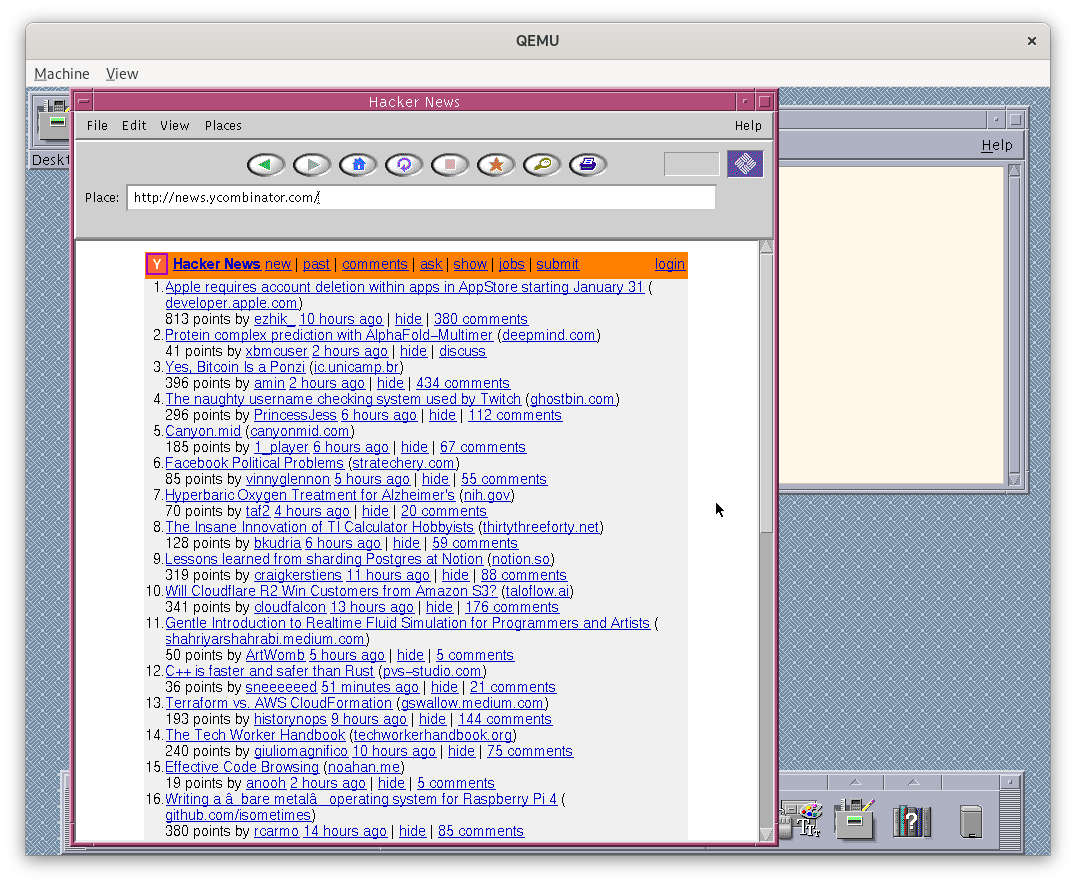Small lab network setup: Ubiquiti and D-Link Covr

SmartShepherd is preparing to head into a new office. Sort of. We are shifting back out of my house and moving into a shed. I'm excited about getting the unholy mess upstairs into a decent workshop environment, it's cramped upstairs with two people working and the workbenches are just too small to be productive when doing any kind of assembly or repair work. The shed itself already has fibre to the premises thanks to the NBN network rollout here in Armidale. I didn't want to set up anything too complicated or expensive since our needs are relatively modest, but there were a few features I wanted to have: The ability to do VLANs easily. A solid firewall Some traffic shaping The ability to do small scale self hosting Mesh wifi A guest wifi network completely firewalled out of the office/lab network That's not one box, that's three I quickly realised that nothing on the market would cover all the possibilities. I was going to need a good ro




